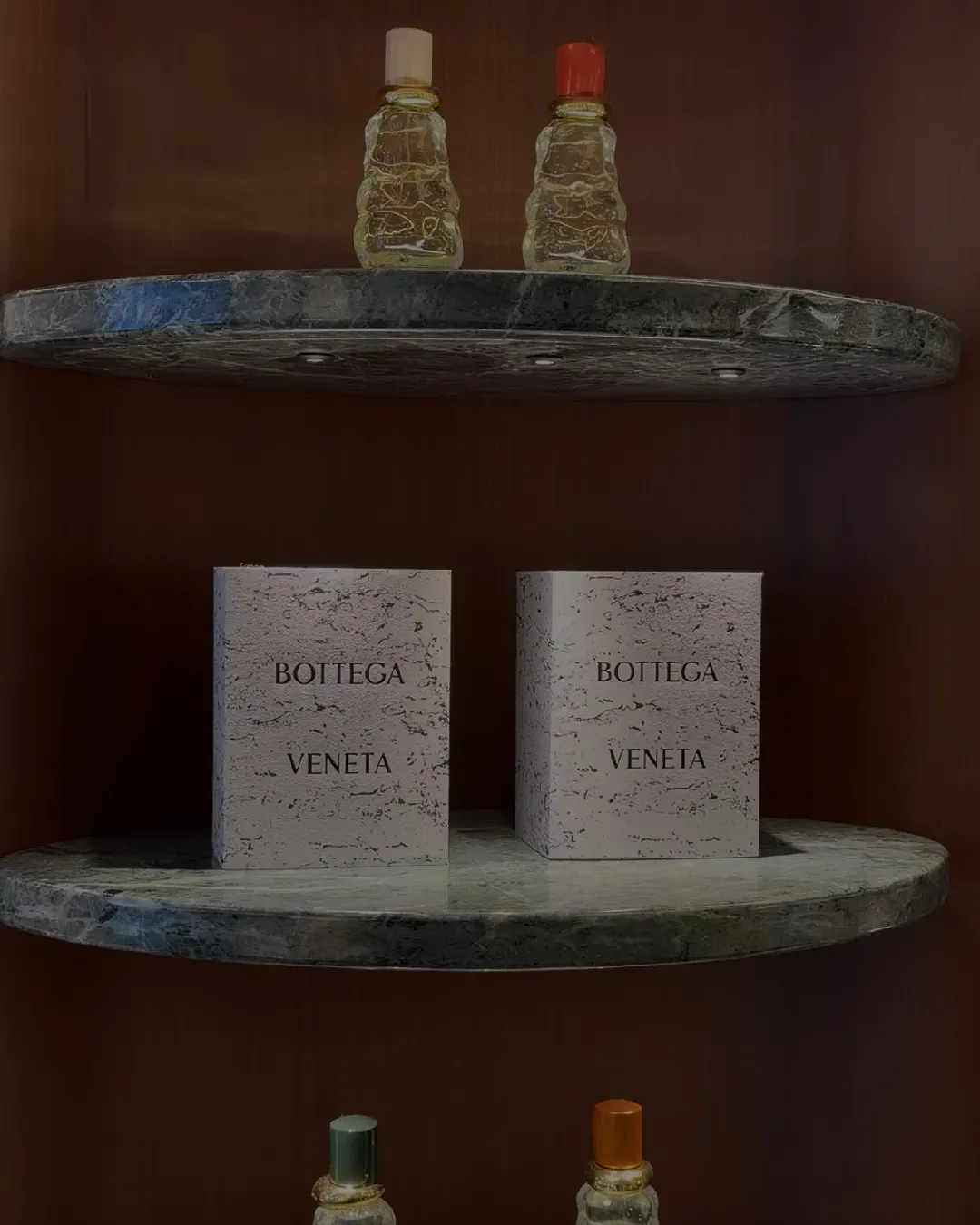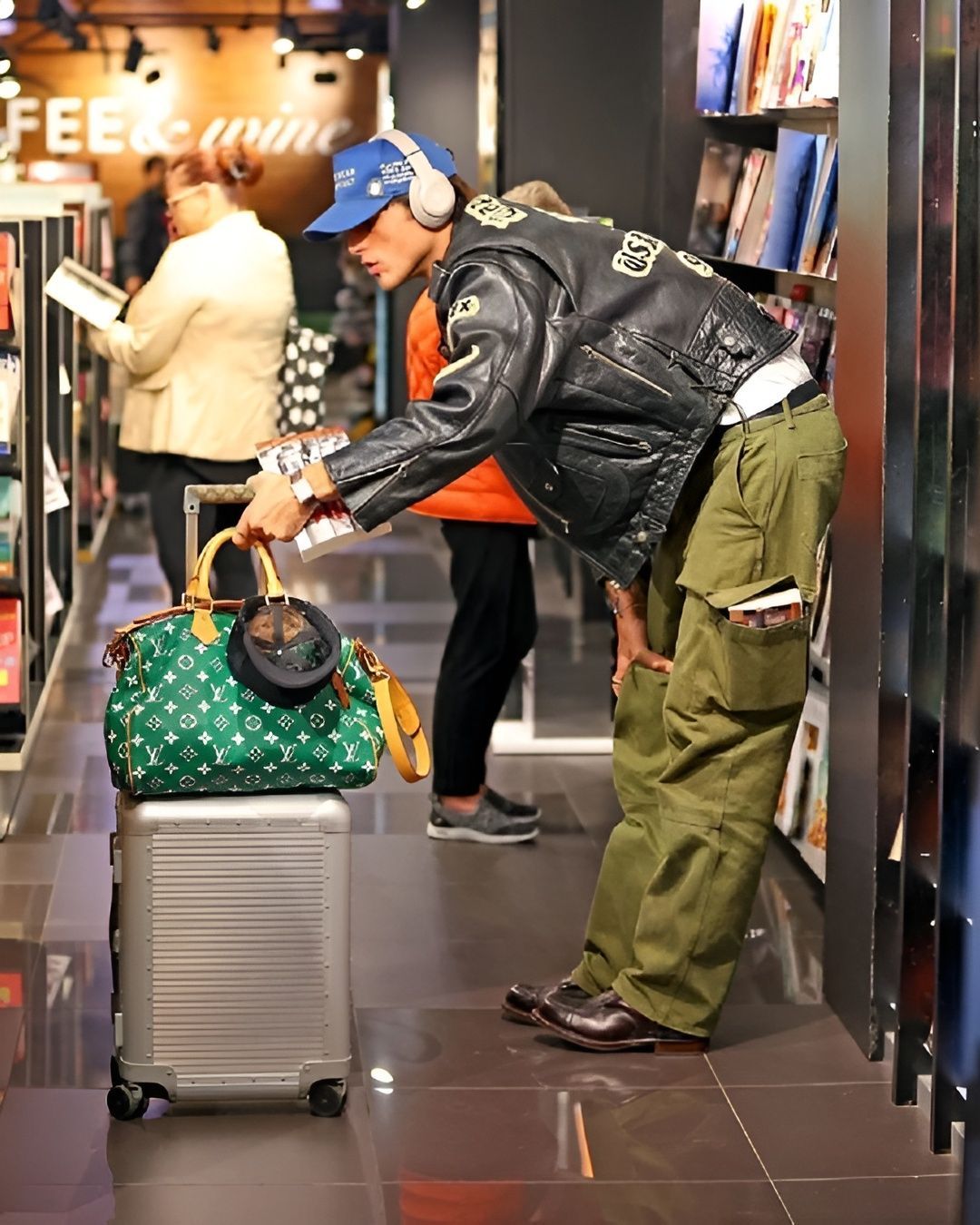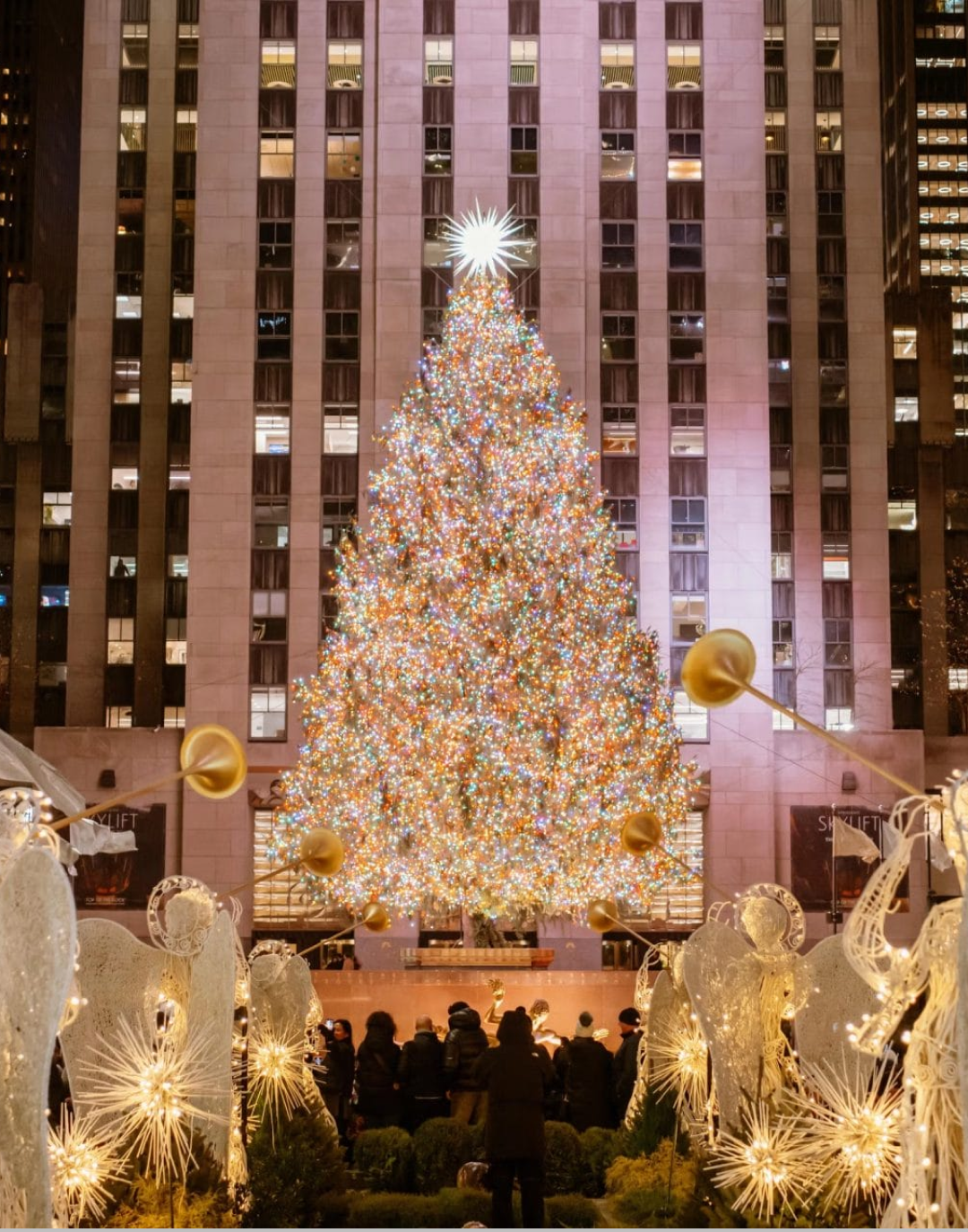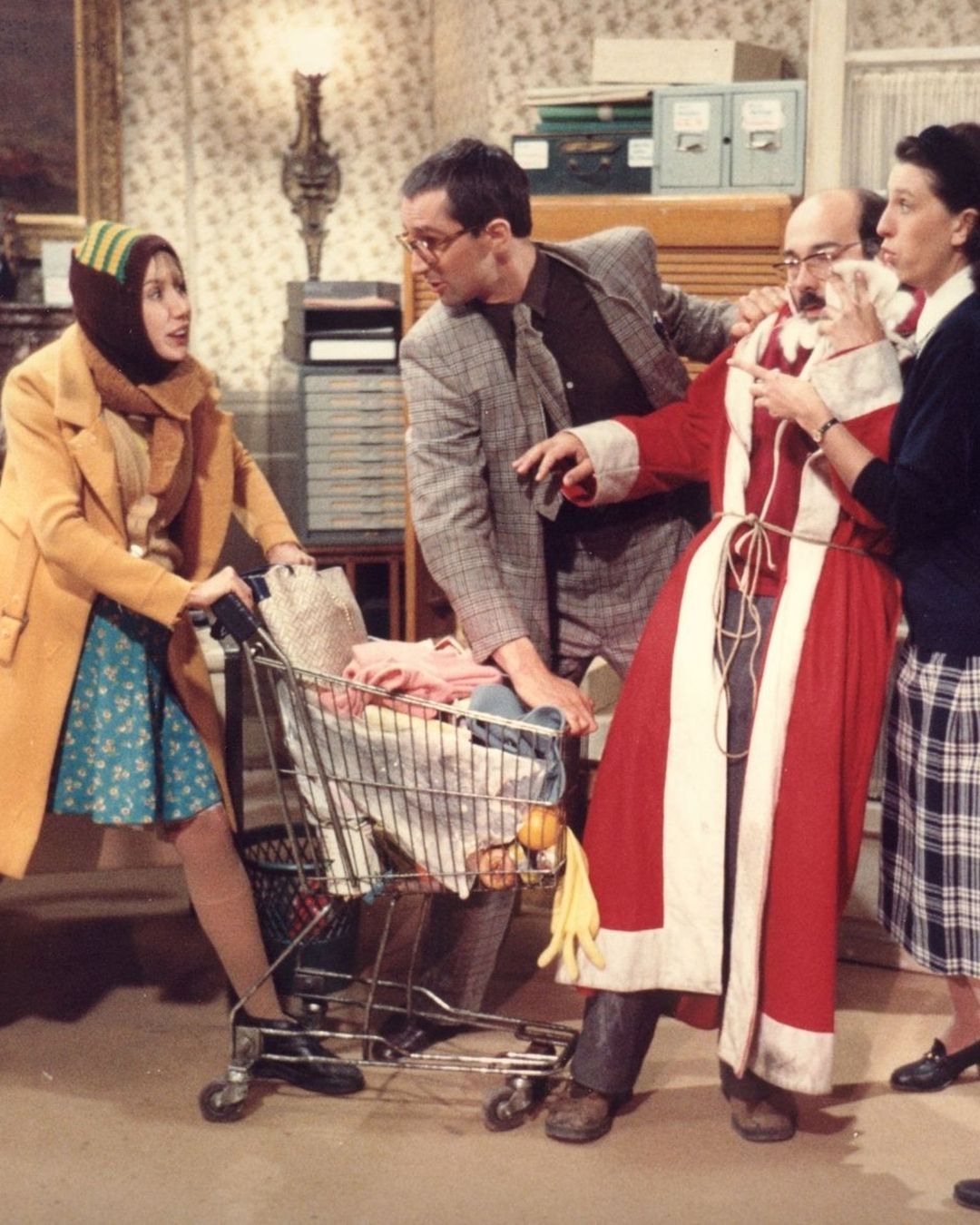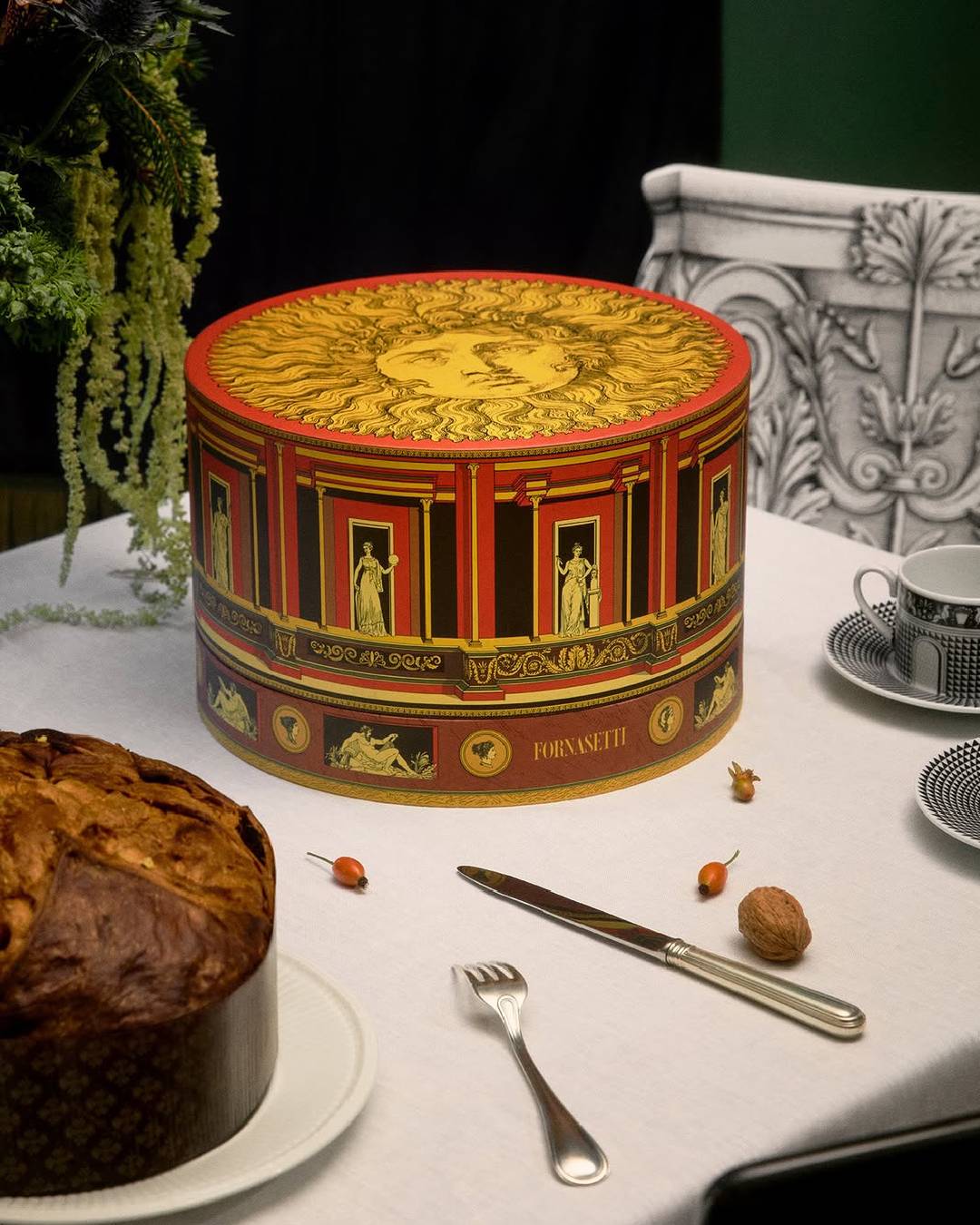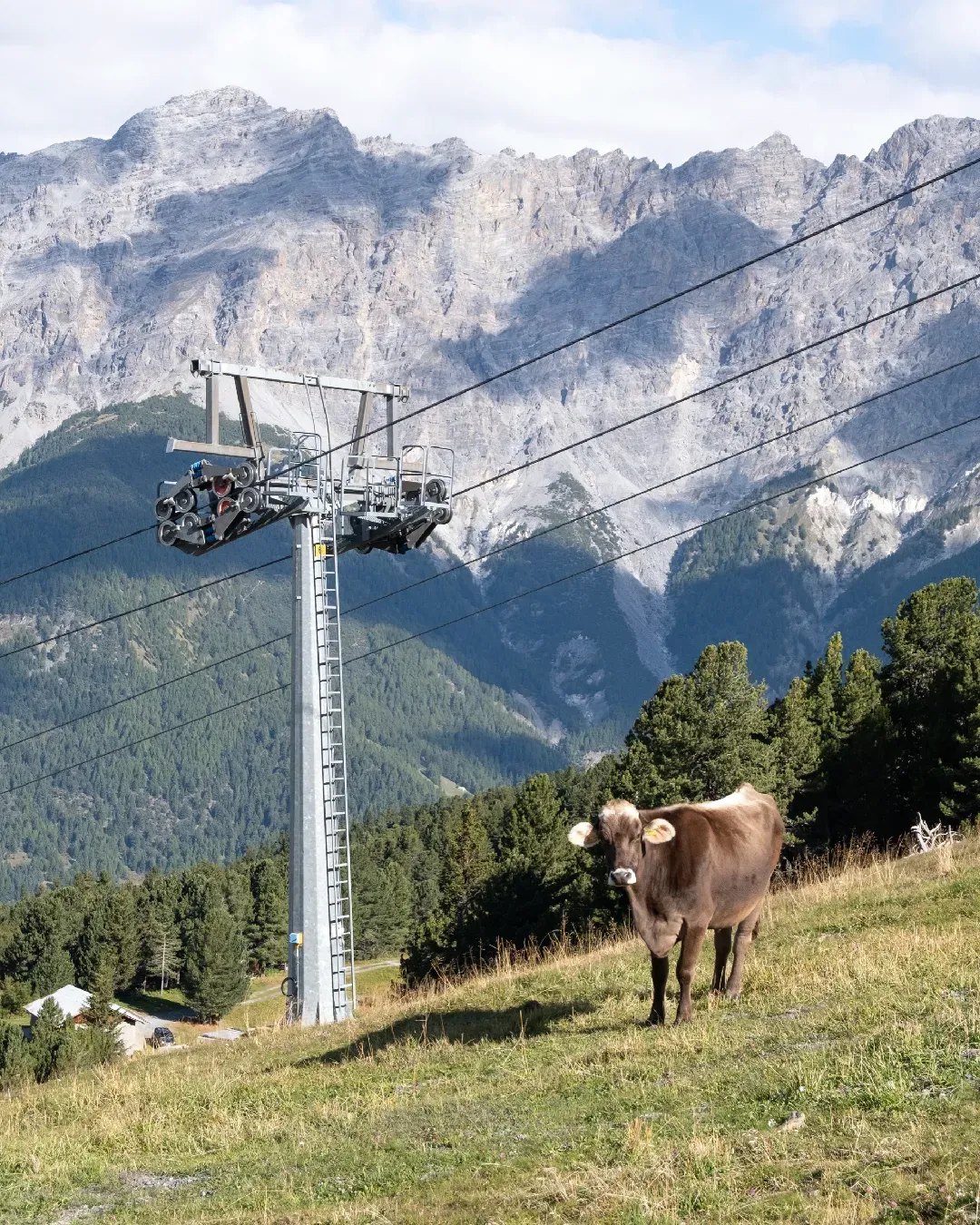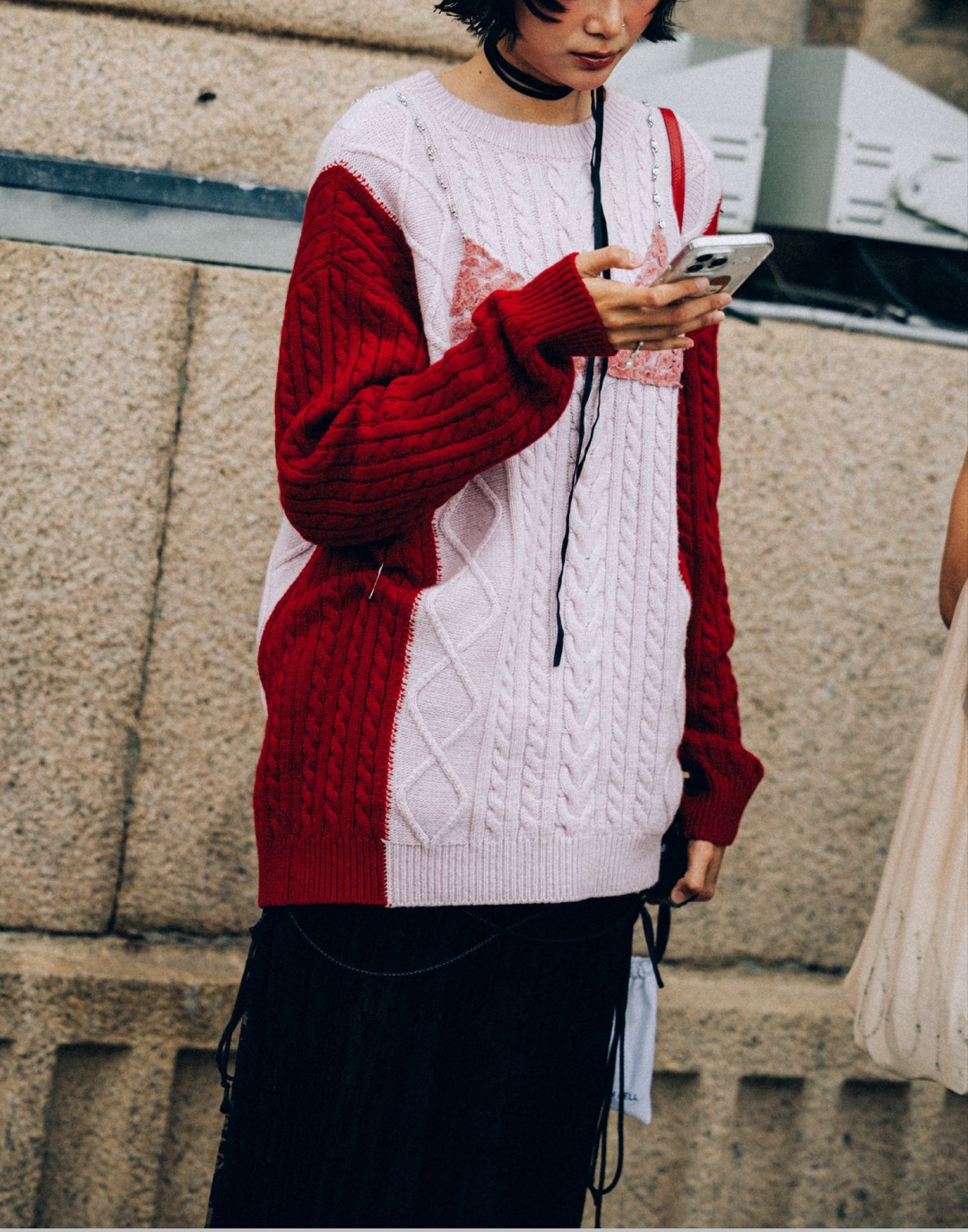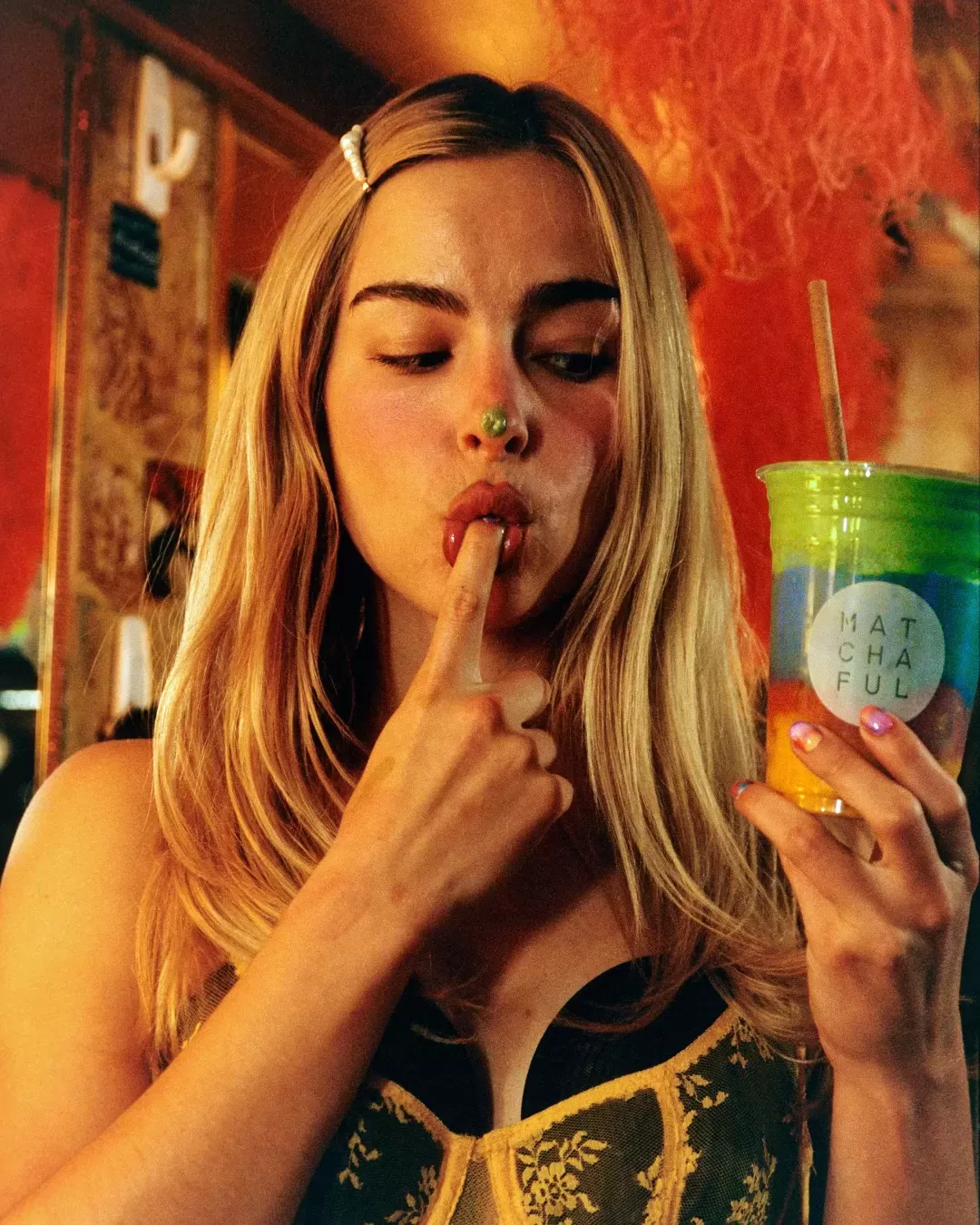
What is FOODMO Understanding the fear of missing viral foods
Society is split in two: those who experience FOMO (fear of missing out) and those who feel JOMO (the joy of missing out), those who spend hours on social media and those who forget they even have a TikTok account, those who book holidays based on Instagrammability and those who’ve never heard the word “engagement.” The vicious cycle of fads has been fueled by social media in recent years, eventually invading every aspect of our lives, from self-care (just think of the extreme morning routines) to life experiences like traveling or social outings. More than fashion and beauty, there's one sector in particular being crushed by social pressure: gastronomy. Since 2020, the year the world stayed home baking bread and making Dalgona Coffee, to today with Dubai Chocolate, viral food is feeding an entirely new eating culture. People no longer visit restaurants for homemade traditions, but for that contemporary dish that racked up millions of views; they don’t ask where the ingredients of an overpriced dessert come from, but how many likes a video of them tasting it can get. This has given rise to FOODMO (Food FOMO), a term coined in 2023 to define the fear of missing out on the current food trend. But is the Chinatown mochi in Milan really worth our frustration?
@jinnoms I think that might have been the best mochi I’ve had. Now I’m on the hunt to find something better or equally as good here in Philly or NYC please drop me your recs!! #milan #mochi #matcha #matchamochi #foodie #foodies #creatorsearchinsights Caminando - Isadora
The concept of FOMO was identified in the early 2000s, when the rise of the internet and the first cell phones made society more interconnected than ever. Once social media and blogs entered the scene, the phenomenon spread rapidly as users began observing the private lives of friends and early influencers from their screens. Psychologically, thinking you missed out on an event or a hyped trend (since, in most cases, social media only showcases positive experiences) can trigger anxiety and depression, as shown by recent studies. This makes it easy to understand how food trends have become the main currency of FOMO: thousands of food-related posts are uploaded every day across platforms, informing users of the latest trends and tempting them through captivating videos to visit a place and try them. FOODMO, in this case, makes viewers feel like they’re among the few who haven’t tasted that trend. This feeling of exclusion pushes people to travel and even fly just to try that cinnamon roll or coffee seen online: in Paris, at world-renowned pastry chef Cédric Grolet’s shop, the line for one of his famous desserts can last up to an hour, while in Milan, Sunday brunch spots like Hygge and Via Stampa often have waitlists that fill up days in advance.
@cosamangiamooggi Colazione da CÉDRIC GROLET, il pasticciere n°1 di PARIGI #cedricgrolet #paris suono originale - cosamangiamooggi
But who creates viral food? Restaurateurs or social media? The answer depends on your perspective. On social media, food creators garner millions of views with their delicious tutorials: in 2024, the demand for food content rose by 30%, according to Viral Nation, and market investments increased by 78% compared to the previous year. With more users engaging with recipe and breakfast content, the pool of food influencers has expanded, which in turn motivated restaurateurs, pastry chefs, and ice cream makers to introduce trend-based dishes into their menus. A notable example is the McDonald’s 2023 Winterdays, a discount event that severely impacted traffic in several Italian cities, blocking entire roads. Also in Paris, there's the case of the ice cream shop Folderol, where coffee affogatos attracted crowds who would eat on the sidewalk. These trends foster sociability, reshape city streets, and often give young people new places to hang out, but given their mainly commercial purpose, they shouldn't be confused with third places. Moreover, they often lead to flattened culinary offerings, as nearby venues mimic the trend to grab some of the original’s popularity (as happened with Cedric Grolet and the dupes of his fruit-shaped desserts).
@sycretary Morning matcha run for the office in our “Deus Ex Machina” silver frames #officesiren original sound - adorsvs
From 2020 to today, food trends have changed countless times, some emerged, others were forgotten, but one remains the most hyped: matcha. The Japanese tea became popular for its unique flavor, health benefits, and bright green color. Mixed with syrups and cream, used in cooking, and boosted with supplements like collagen, matcha is to Gen Z what avocado toast was to Millennials. It may have contributed to the recent boom in travel to Japan, although according to the Japan Times, the country is currently experiencing a matcha tea crisis. Famous Kyoto tea companies like Ippodo and Marukyu Koyamaen have imposed purchase limits on the green powder for the first time, and stores are running out of stock, the report states. The phenomenon is deeply affecting the quality of the tea, whose leaves usually require up to five years to grow: with such high demand, producers are forced to sacrifice the lengthy cultivation process to speed up production, a system that could soon apply to other foods, risking not only their taste but also the development and traditions of entire regions.








